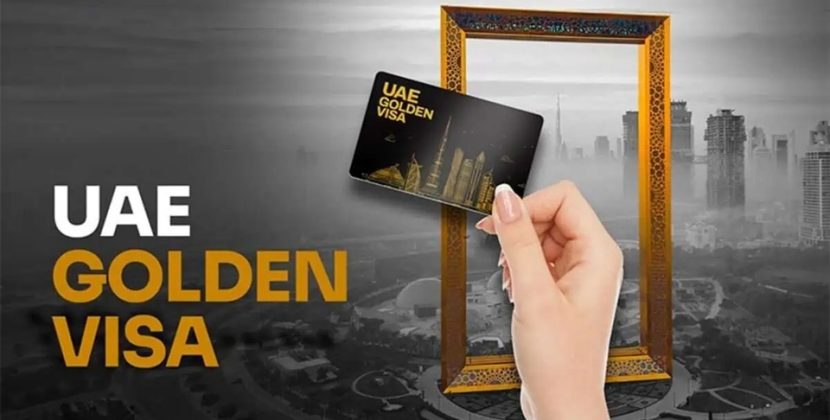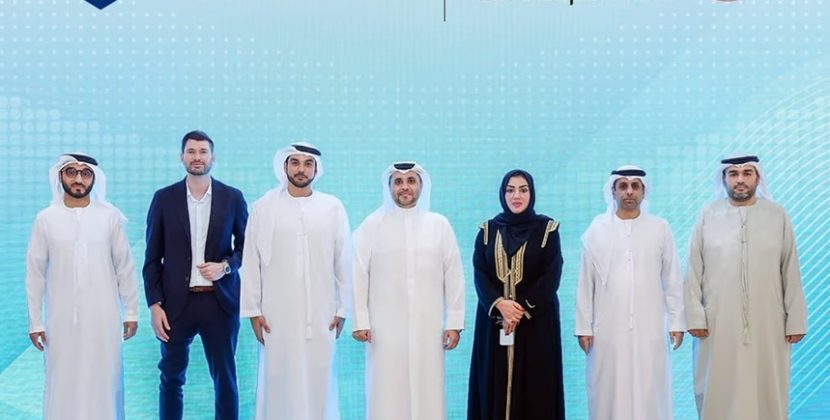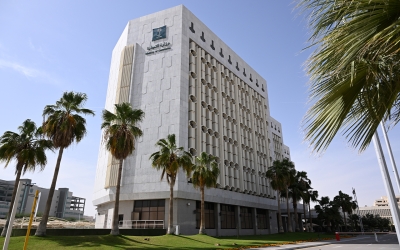
Dominic Longman is Managing Director of Middle East and Africa at Zodia Custody noted in a monthly interview on their website, that the UAE mood for digital assets is incredibly positive and that digital assets are now intrinsic in the government’s DNA.
He notes that the UAE has ignored the hype cycle nodes and devised “a well thought-through strategy and a considered long-term path. This process has been in motion since 2015 and it’s not just about blockchain or digital assets as technologies, it’s about attracting firms that build jobs, industries and long-term value.”
He believes that because of UAE’s government structure an the regulators ADGM and VARA, the UAE can think strategically in 10–15-year arcs not in four-year election cycles.
He adds that big names like Binance and Bybit have set up regional bases, with others including Galaxy Digital making plans to move here. Prime brokerage firms, auditors, fund administrators and infrastructure providers are also following. When I arrived in 2015 there wasn’t yet a local auditor with digital assets capabilities; today, there are multiple global and regional firms that provide that expertise. This ecosystem maturity means that institutions aren’t just bringing capital – they’re enabling the full operational chain: compliance, auditing, legal, infrastructure and education.
When I speak with U.S. firms, they tell me: ‘We don’t know what the next administration will bring. But we know what the UAE’s 20-year plan looks like.’ That predictability is gold.
In terms of tokenization, Longman believes tokenizing real estate, infrastructure and bonds is one of the biggest topics. He stated, “This country is built on real estate, so that is important, but even more significant is building the next generation of tokenized financial instruments. Some very mature discussions are underway between firms, regulators, and infrastructure providers about how to tokenize everything from shopping malls to sovereign debt. Everyone’s past the hype. Now it’s about ownership, access, liquidity but with real controls in place.”
He believes the cornerstone of tokenization will be stablecoins as they are critical in these tokenization discussions. He explains, ” The region settles in dollars and the UAE Dirham is pegged to the US dollar so using USD stablecoins for trade, especially in logistics and energy, is a no-brainer. It’s faster, cheaper and removes friction. While the licensing of stablecoins ultimately sits with the UAE Central Bank, there is growing momentum across the ecosystem – including in ADGM and VARA – to enable innovation within this space. Notably, the Central Bank is now developing regulatory frameworks for AED-backed stablecoins, which could play an important role in enabling more efficient local settlement and expanding the scope of tokenized financial infrastructure within the region.”
As for the future Longman sees that tokenized securities on regulated exchanges will offer real time settlement, and 24/7 markets. He says this is beyond crypto ETFs, but about rebuilding the core of financial markets.
He says, “The UAE isn’t just aiming to be a digital asset friendly jurisdiction – it wants to be the center for tokenized finance. We’re also starting to see early signs of convergence between digital assets and AI – from the use of insight agents to develop entirely new financial products, to unlocking previously inaccessible liquidity pools. These technologies aren’t evolving in parallel anymore; they’re reinforcing one another. This is bigger than margin trading or digital asset custody. We’re talking about the future of capital markets.”

















